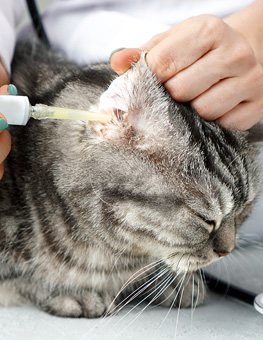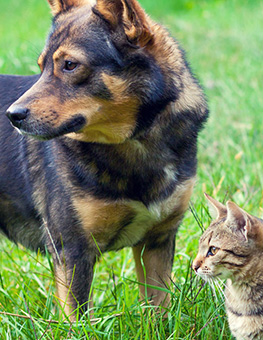Dealing with Possessive Toy Behavior
This can be a very dangerous condition and is best left for professionals. If you have any concern for your safety or believe your dog may be toy or food aggressive, please contact a training professional or your veterinarian.
Possessive toy behavior can be as non threatening as a dog’s avoidance when you try to take his toy away or it can be as serious as growling and snapping when you approach him. In either case, your dog is trying to send you a message that “this is mine, go get your own”. If your situation is mild, it’s important to take action now before it gets out of control and possibly becomes dangerous. Never encourage or dismiss a possessive or aggressive dog as being feisty or protective.
The problem of possessiveness is usually rooted in the leadership role you share with your canine companion. As his owner, you are the leader or alpha in the pack. Therefore, you are in control of your dogs belongings and decide when he may or may not use them. A possessive dog may not understand this relationship. You can reinforce your leadership position by practicing the following techniques with your dog at playtime.
Your dog must work for everything and this includes toys. Instead of leaving toys around the house, keep them out of reach until you determine the appropriate playtime. This will also preventing him from getting board with his toys. When you are ready to provide a toy, make your dog perform a task like a sit or down-stay. Provide the toy as a reward for his behavior. Your playtime should include both taking away and returning the toy. Having a second toy available with help with the exchange. Stroking your dog and praising in a calming tone will also help your dog be comfortable with you being around “his” stuff. Once playtime is over, be sure to remove all of the toys. The message you are trying to convey to your dog is that you control the “good stuff”. As you both become more proficient with this, try to work up to his most favorite toys or rawhide.
A good command to help control a possessive dog is the Leave-it cue. This command will enable you to tell the dog what is off limits be it a toy or something else he shouldn’t have. You can teach your dog to leave-it by rewarding the backing away of something he finds pleasant and offering something better in return. Begin with a leashed dog and a pocket full of small treats your dog is unaware of. Start by tossing a treat on the floor just our of your dogs reach. As he lunges for the treat, hold him back and say “leave it” and get another treat ready in your hand. As soon he realizes that he can’t get the treat, he will look at you. As soon as he makes contact with you, offer him the other treat and say “take it” or “okay” as he comes to you for the treat. Praise him lavishly and never let him get the treats you tossed out of reach on the floor.
Disclaimer: The suggestions above are not intended to replace professional or veterinary care. Always seek the counsel and services of your veterinarian or pet professional for your pet’s needs.

















